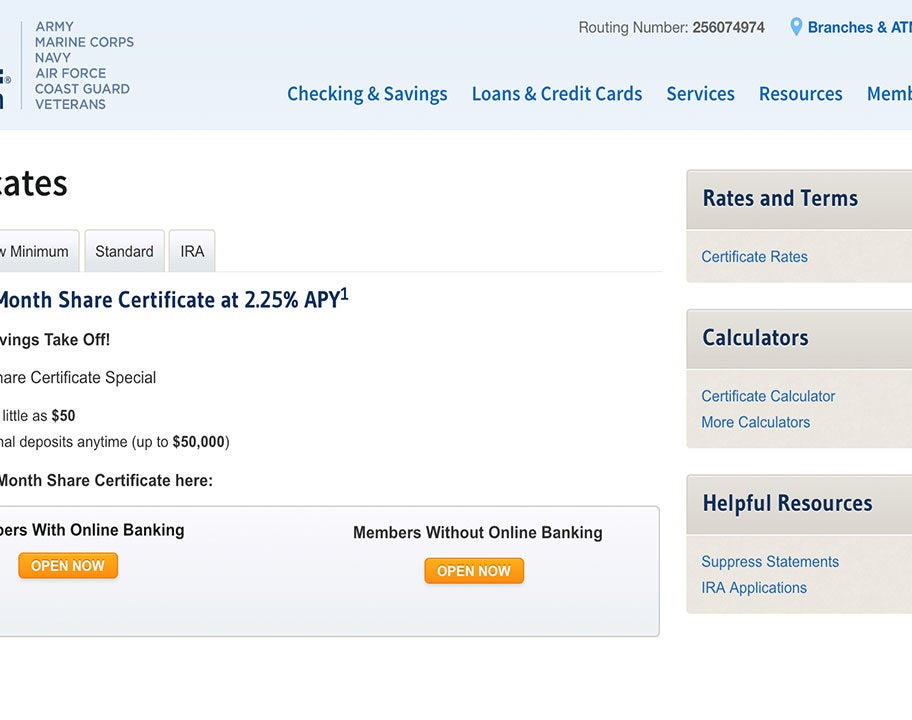

That means choosing a vehicle that not only falls within your general budgetary restrictions, but that also matches up with your overall traveling ambitions.

However, in order to get the most out of your travels it’s important to choose the right type of vehicle. The RV lifestyle has much to offer both full-time and part-time adventurers. But there’s a lot to consider before you strike out on your latest cross country adventure, and you need to carefully consider what it takes (both financially and personally) to join the ranks of the RV enthusiast. More than simply recreational vehicles these moveable homes allow you to travel the highways and byways of America in comfort and style, letting the road and your sense of adventure take you where they may. The call of adventure is hard to resist, and for many men and women nothing beats that sense of freedom and excitement that comes from exploring the country in fully tricked-out RV. Recreational Vehicle Typeįifth Wheel, Pop-up Campers, Toy Haulers & Travel Trailers RVshare estimates owners can earn up to the following amounts per year. Have your RV pay for itself by leasing it out when you are not using it. If possible, prequalify with a few lenders to see what terms you are eligible for without making a commitment or undergoing multiple hard credit checks within a short period of time.Most RV owners leave their RVs idle about 90% of the time. To get the lowest possible interest rate on your loan, compare top lenders before you apply. This is in part because banks anticipate the decreased purchasing power of the interest earned during periods of high inflation. Similarly, if inflation is slowing, interest rates tend to drop, too. The higher the rate of inflation, the higher interest rates will typically trend. Personal loans are typically unsecured, meaning that they tend to have higher interest rates than secured loans.

However, that does mean that you risk losing an asset such as your home or car if you fail to pay back the loan. Secured loans tend to have lower interest rates because they are backed by collateral. Loans can either be secured or unsecured.

Longer repayment terms come with lower monthly payments, but you end up paying more in interest. Shorter loan terms come with higher monthly payments, but you end up paying less interest overall. To cut down on interest, make sure you only borrow what you need. When you take out a large loan, the lender is taking on more risk than if you were to take out a smaller loan. The more money you borrow, the higher your interest rate will be. If you currently have several high interest loans, it could be worth looking into debt consolidation in order to lower your monthly payment and simplify your bills. If you have a high amount of monthly debt compared to your income a lender is likely to assign you a higher interest rate. If you have bad credit, you are likely to receive a higher interest rate so that the lender can make sure it makes its money back even if you default on the loan. Your credit score indicates to lenders how likely you are to pay back a loan. The better your credit, the more likely you are to qualify for a lender’s lowest interest rates. There are several things that impact the interest rate you are eligible for as well as the overall interest you end up paying on an installment loan: Factors that affect how much interest you pay Mortgages, auto loans, student loans and personal loans are typically amortized loans. For the following month, repeat the process with your new loan balance.Subtract that interest from your fixed monthly payment to see how much of the principal amount you will pay in the first month.Multiply that number by the remaining loan balance to find out how much you will pay in interest that month.Divide your interest rate by the number of payments you make per year.To calculate the amortized rate, complete the following steps: As you get closer to the end of your repayment term, more of your monthly payments go toward the principal balance and less toward interest. The initial payments for amortized loans are typically interest-heavy, which means that more of the payments are going toward interest than the principal loan balance. Amortized loans tend to be more complicated.


 0 kommentar(er)
0 kommentar(er)
